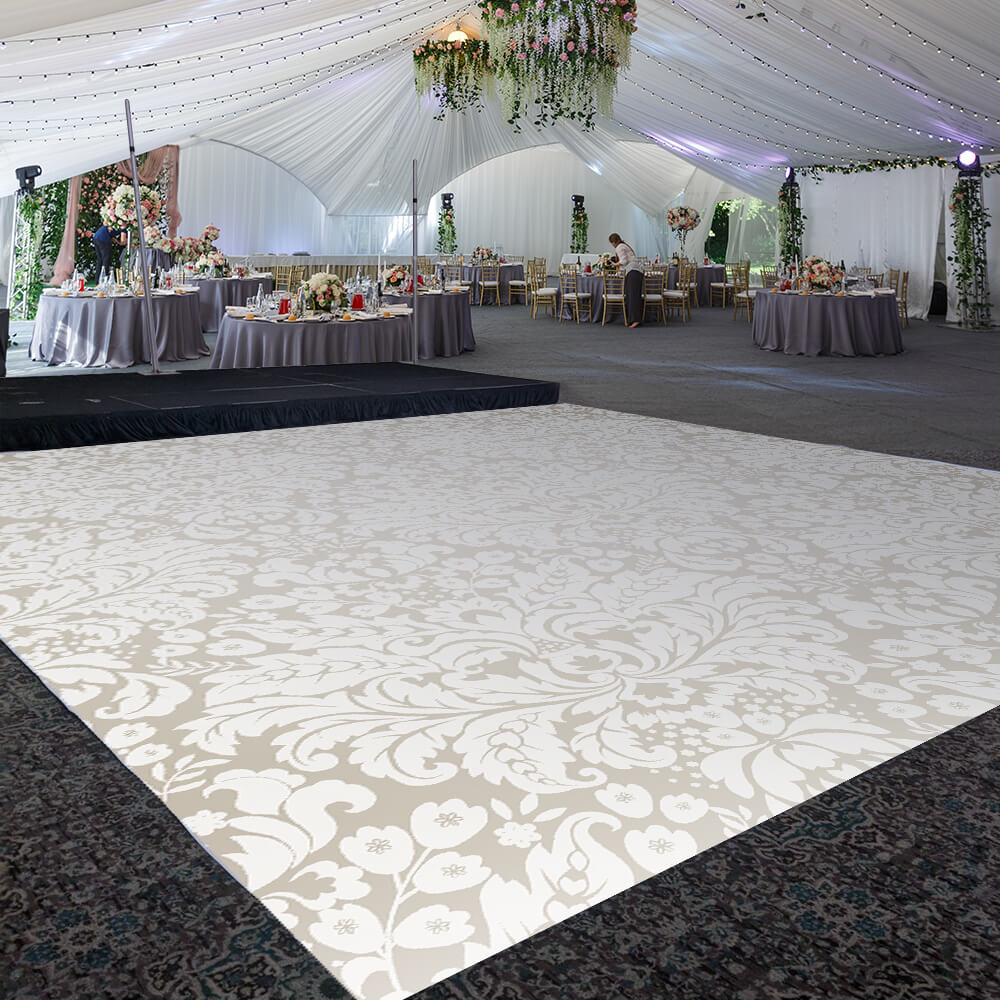Reliable Strategies to Maximize the Durability of Your Flooring System
Wiki Article
To preserve a dancing surface's longevity, it is essential to understand the materials and construction that contribute to its strength. Dance surfaces are typically crafted from timber, synthetic, or specialized foam substances. Each kind has its own advantages and disadvantages. Wood surfaces provide excellent resilience and impact resistance, making them suitable for multiple movement styles. Synthetic floors are frequently easier to clean and can be designed with non-slip surfaces, which is vital for safety. Custom foam floors provide cushioning, which can assist prevent injuries. Choosing the appropriate option based on the planned use of the performance surface greatly impacts its longevity.
Routine upkeep is essential for prolonging the lifespan of a dance surface. This includes cleaning and restoring the surface as required. For wooden surfaces, it is necessary to sweep or hoover consistently to eliminate dust and dirt that can damage the surface. Additionally, using a protective coating or treatment every few years assists in protecting against moisture and erosion. Synthetic surfaces should be mopped with suitable solutions that do not damage the surface. Maintaining a consistent cleaning schedule will not only maintain the appearance of the surface but also ensure a safe dancing environment.

Temperature and moisture control play a critical role in maintaining a performance floor's quality. Optimal conditions for wooden surfaces are typically a heat range of sixty to eighty degrees °F and a moisture Related Site level of forty to sixty percent. Excessive moisture can lead wood to distort or form fungus, while excessively dry environments can lead to splitting. In spaces where moisture ranges vary, it may be advantageous to invest in a moisture regulator or dehumidifier. For vinyl or cushioned floors, maintaining proper ventilation can help reduce humidity accumulation that might weaken their stability.
Proper usage is another critical approach for extending the life of a performance floor. It is necessary to establish guidelines for events that take place on the floor. For example, high heels or pointed objects should be prevented as they can cause lasting damage. Keeping furniture outside of performance spaces also prevents marks and dents from developing. If the space accommodates multiple functions, using protective mats during alternative events can further protect the floor from deterioration.
Finally, regular expert evaluations are an reliable method to ensure continuous maintenance of a performance surface. Engaging specialists who specialize in flooring can deliver useful guidance into possible issues before they become major problems. These experts can offer guidance on repairs or resurfacing options that might extend the browse around this website life of the floor substantially. By investing in routine evaluations and adjustments, owners can maintain that their performance surface stays safe, appealing, and practical for years to come.